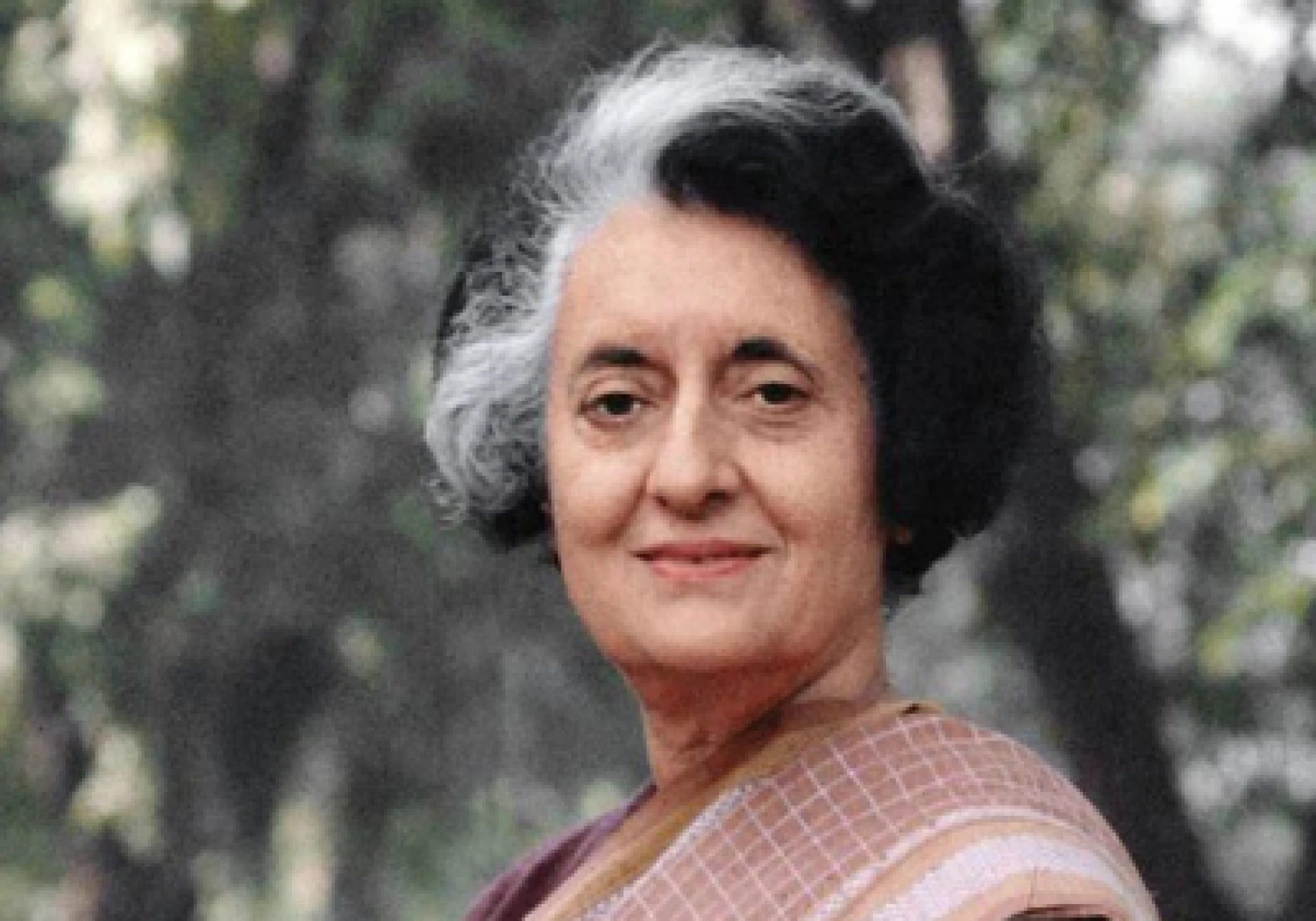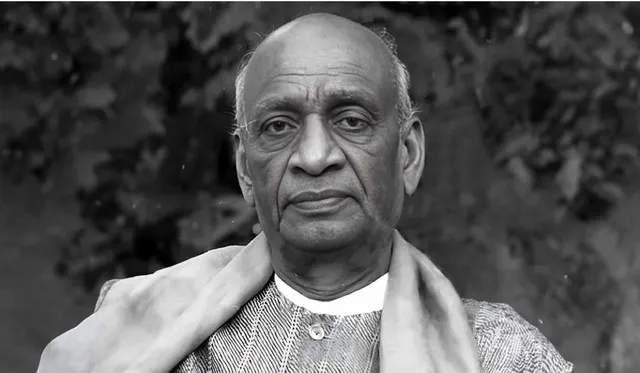Himanta Biswa Sarma Biography: Life, Political Journey, Achievements, and Legacy
Introduction
Himanta Biswa Sarma is the current Chief Minister of Assam and one of the most influential leaders from Northeast India. Known as a dynamic administrator, political strategist, and grassroots leader, he has played a central role in shaping Assam’s politics and strengthening the Bharatiya Janata Party (BJP) in the Northeast. The Himanta Biswa Sarma Biography reflects his journey from student activism in Guwahati to becoming a key figure in national politics and a trusted strategist for the BJP.
Personal Information
- Full Name: Himanta Biswa Sarma
- Date of Birth: 1 February 1969
- Birthplace: Jorhat, Assam, India
- Nationality: Indian
- Zodiac Sign: Aquarius
Physical Appearance
- Height: 5 feet 8 inches (173 cm)
- Weight: Approx. 76 kg
- Hair Color: Black
- Eye Color: Black
- Build: Average
Early Life and Childhood
Himanta Biswa Sarma was born in Jorhat, Assam, and later moved to Guwahati, where he completed his schooling. From an early age, he was drawn to student activism and public life, participating in student politics and displaying strong leadership qualities.
Education
- Attended Kamrup Academy School, Guwahati.
- Completed BA and MA in Political Science from Cotton College, Guwahati.
- Earned a Bachelor of Laws (LLB) degree from Government Law College, Guwahati.
- Completed a PhD in Political Science from Gauhati University.
Entry into Politics
- Began his political career as a member of the All Assam Students’ Union (AASU) in the 1980s.
- Later joined the Indian National Congress (INC) and rose quickly within state politics.
- Known for his organizational skills and mass appeal, he became one of the most prominent Congress leaders in Assam.
Rise in Assam Politics
- 2001: Elected as MLA from Jalukbari constituency (a seat he continues to hold).
- Served as a minister in the Tarun Gogoi-led Congress government, handling portfolios like Health, Education, and Finance.
- Credited with transforming healthcare and education infrastructure in Assam.
Shift to BJP
- In 2015, Himanta Biswa Sarma left the Congress due to differences with the leadership.
- Joined the BJP and quickly became the party’s most powerful leader in Assam and the Northeast.
- Played a key role in BJP’s victory in the 2016 Assam Assembly elections, bringing the party to power for the first time in the state.
Chief Minister of Assam (2021–Present)
- In May 2021, Himanta Biswa Sarma succeeded Sarbananda Sonowal as the 15th Chief Minister of Assam.
- His tenure has focused on law-and-order reforms, infrastructure development, and cultural identity issues.
Key Initiatives as CM:
- Launched campaigns against drugs and crime.
- Pushed for economic growth and industrial investments in Assam.
- Strengthened policies for women’s empowerment and rural development.
- Advocated for Assam’s indigenous culture and identity.
Major Achievements
- Architect of BJP’s rise in Assam and Northeast India.
- Strengthened healthcare and education reforms during his earlier ministerial roles.
- As CM, promoted industrialization, law enforcement, and women empowerment.
- Served as Chairman of the North East Democratic Alliance (NEDA), coordinating BJP’s expansion in the region.
Challenges and Criticism
- Criticized for a tough stance on law and order, with some opposition leaders calling it authoritarian.
- Faces challenges over ethnic tensions and NRC/CAA-related issues in Assam.
- Accused of centralizing power within the BJP’s Assam unit.
Personality and Leadership Style
Himanta Biswa Sarma is admired for his sharp political instincts, oratory skills, and administrative acumen. Known as a strategist and problem-solver, he is often referred to as the “Chanakya of the Northeast.” His leadership style is assertive, dynamic, and people-centric.
Legacy and Impact
The Himanta Biswa Sarma Biography reflects the story of a student activist turned mass leader who reshaped the political landscape of Assam and Northeast India. His legacy lies in expanding BJP’s influence in the region, strengthening governance, and addressing issues of law, order, and development.





